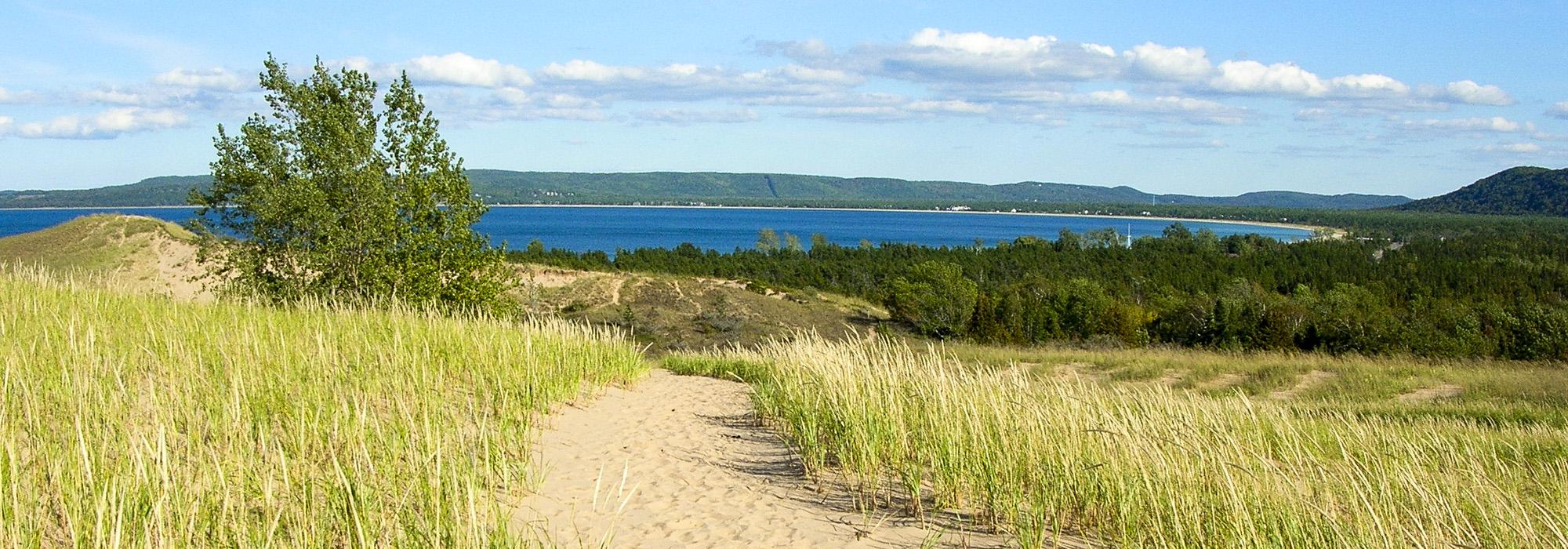Pioneer Information
Born and raised on a farm near Lansing, Michigan, where she attended high school, Gillette became the first female to graduate from Michigan Agricultural College with a degree in landscape architecture in 1920. She took a job in Jens Jensen’s Chicago office, where she performed a variety of duties, including preparing drawings and working with The Friends of the Native Landscape, a group of conservationists headed by Jensen. After leaving his office, Gillette moved to Lakeland, Florida, where she worked for the Chamber of Commerce as a consultant on city development. She returned to Detroit to work for John Brightmeyer and Son’s Florists, assisting with the nursery’s landscape work. Gillette also worked as a garden instructor for the Detroit Park and Recreation Department with the public school system, helping thousands of city residents with their thrift gardens during the Great Depression. During this time she also managed the development of Westacres, a low-cost government housing project with community gardens near Pontiac. After eight years of work, Gillette consulted with the community for the next seventeen years.
Gillette also operated a small private practice for over 30 years in the Ann Arbor area, receiving commissions from such major clients as the City of Big Rapids, Ferris State College, and Albion College. She worked with P.J. Hoffmaster, Michigan’s first superintendent of state parks, to build a large system of well-kept Michigan parks. Gillette was involved with the establishment of the Michigan State Parks Association, serving as president for ten years and lobbying the State Legislature on the association’s behalf. In 1965 President Johnson invited her to serve on the Citizen’s Advisory Committee on Recreation and Natural Beauty. She also served on the Wilderness and Natural Areas Advisory Board of Michigan as late as 1981. Gillette became a Fellow of the American Society of Landscape Architects in 1968.
Genevieve Gillette, landscape architect, conservationist, and lobbyist, dedicated more than sixty years of her life to preserving natural beauty for future generations. She became a Fellow of the American Society of Landscape Architects (ASLA) in 1968, the same year as Stanley White, Lawrence Halprin, and Hideo Sasaki. Gillette was instrumental in the establishment of two national lake shores and over thirty state parks in Michigan, the preservation of several wilderness areas, and the passage of bills and the acquisition of funds for parks and recreation areas which benefited not only Michigan but the entire nation. The E. Genevieve Gillette Visitor Center at P.J. Hoffmaster State Park, located five miles north of Grand Haven, serves to educate citizens of Michigan in ecological principles, a concept that was dear to her heart. Gillette was a highly visible lobbyist at the Michigan State Capitol, pushing for protection of wilderness areas and educating legislators about issues concerning parks and recreation. Her remarkable energy and vivid personality made her unforgettable to those who worked with her. In addition to her volunteer work in conservation, she ran her own private landscape architecture office in Ann Arbor, earning her living designing college campuses, parks, and residences. She was a guest lecturer at both the University of Michigan and Michigan State University and loved to chat and work with students.
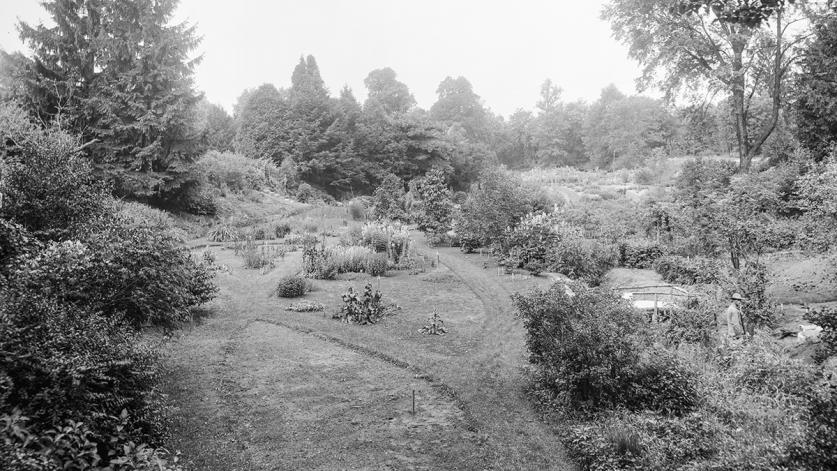
Gillette was raised on a farm near Lansing until the death of her father. She and her mother then moved to Lansing where she graduated from high school. In 1920 she became the first woman to graduate from Michigan Agricultural College with a major in landscape architecture. She secured a job in Jens Jensen’s office in Chicago and was hired to perform a variety of services. In addition to helping to prepare drawings, she served coffee to guests, answered the phone, and worked with The Friends of the Native Landscape, a group of conservationists headed by Jensen, who were working on state parks in Illinois. Jensen encouraged Gillette to return to Michigan to work on state parks, which was a new concept for most states in the 1920s. Gillette had graduated with P.J. Hoffmaster, who had recently been hired to develop a state park system in Michigan, and whenever she was in Lansing they spent hours speculating on how to develop a system. She loved to drive around in her car to inspect, in detail, landscapes which she and Hoffmaster were interested in securing for the park system. Gillette shared with Hoffmaster her discussions with The Friends of the Native Landscape. In Jensen’s office she learned to appreciate the natural landscape and to design in a style which was less formal than the Beaux-Arts tradition she learned in college.
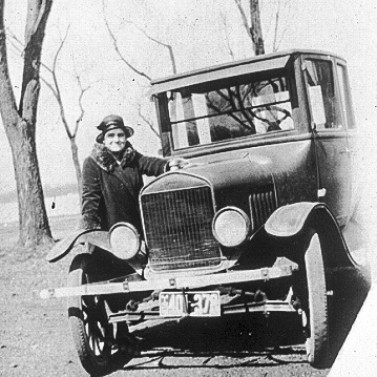
After leaving Jensen’s office, Gillette spent part of a year in Lakeland, Florida, working for the Chamber of Commerce as a consultant on city development. She was homesick for the change of seasons, and returned to Detroit to work at John Brightmeyer and Son’s Florists, assisting with landscape work emanating from their nursery. She was responsible for advising developers on the landscaping of subdivision homes and suggested that landscaping be done for several demonstration homes at a time to make them more appealing to buyers. This concept was published in the Realtor’s newspaper and was considered a brilliant marketing idea. Through this high profile job in a florists shop, she met many wealthy Detroit residents who later contributed to her various causes, including parks and conservation. She served as a garden instructor for the Detroit Park and Recreation Department with the public school system, helping thousands of the city residents with their thrift gardens during the Great Depression. Being a practical farmer’s daughter, she also taught the residents how to can and store their products.
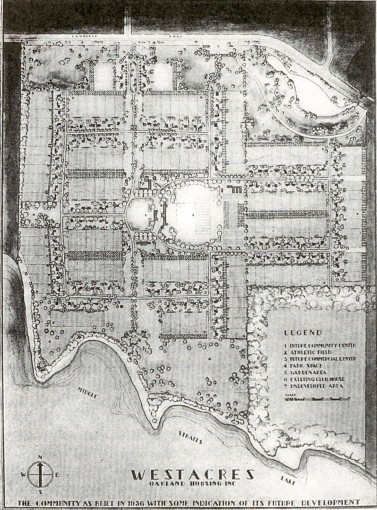
During the Depression she obtained work managing the development of Westacres, a low-cost government housing project with community gardens, near Pontiac. She was responsible for the implementation of the housing project from the large-scale grading of the site and development of a lake to the selection of street trees. She kept this job for eight years, then served as a community consultant for the next seventeen. Gillette opened a private practice in the Ann Arbor area which she maintained for over thirty years, retaining such major clients as Albion College, Ferris State College, the City of Big Rapids, the sponsors of Westacres, and Star Commonwealth Schools, a nationally-prominent educational center for troubled children. Her office remained small, operated from her home with the help of one or two employees.
Gillette’s major interest was always the development of state parks, and she was devastated when P.J. Hoffmaster died young from a heart attack. Together they built a large system of well-kept parks, but without Hoffmaster’s guidance and financial support from the state, they began to fall into disrepair. She knew something had to be done about the situation and so assisted in forming the Michigan State Parks Association by asking every organization with an interest in parks to join, including the Automobile Club, the League of Women Voters, the Federated Garden Clubs of the State of Michigan, the Federated Women’s Club, the Park and Forestry Associations, the Michigan Botanical Club, and the Natural Areas Council. She was president of the association for ten years and lobbied the State Legislature on behalf of the association for improvements for the State Park system and conservation of Michigan’s natural resources. In 1964 Michigan’s Senator Phillip Hart, invited her to Washington, D.C., to help lobby for a land and water bill and to establish Sleeping Bear Dunes and Pictured Rocks as National Lakeshores. The following year, President Johnson invited her to serve on the Citizen’s Advisory Committee on Recreation and Natural Beauty, chaired by Laurance S. Rockefeller.
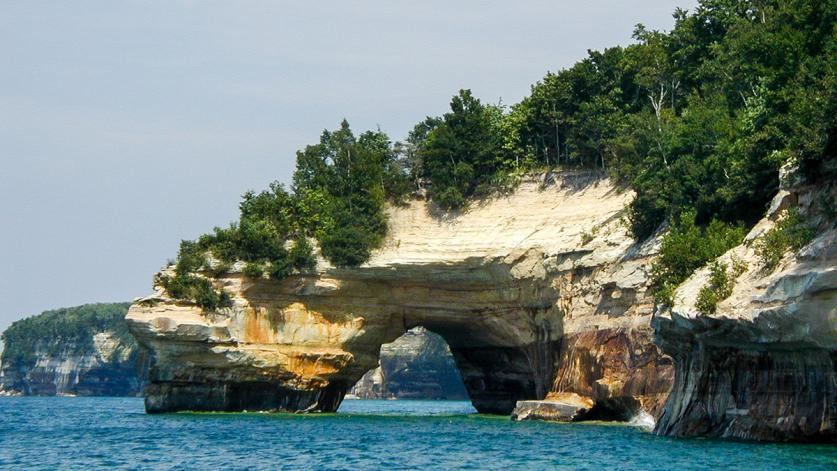
At her death, Detroit Free Press called her “a saving angel to Michigan’s natural beauty” and “a miracle worker.” She was a rare, selfless individual who took the words “stewardship of the land” to heart. Her plain way of talking and dressing made her a folk heroine to many. She had the extraordinary ability to motivate others and cajole them into action. She gave direction to the conservation movement in Michigan, saw the state’s park system grow from a few small parcels to over eighty parks, and lived to see that her efforts had made a difference. Her estate provided a $300,000 trust for “acquiring land exhibiting certain natural and scenic qualities” and giving the property to the public. Thompson’s Harbor State Park, near Roger City in Presque Ile County, was her last gift to the people of Michigan.
Annotated Bibliography
U. S. Government Printing Office, From Sea to Shining Sea, The President’s Council on Recreation and Natural Beauty, Washington, D.C., 1968. (Report prepared by committee Gillette worked on with Laurance Rockfeller)
Rutz, Miriam E. “Genevieve Gillette: From Thrift Gardens to National Parks.” In Midwestern Landscape Architecture, edited by William H. Tishler, 215-230. Urbana: University of Illinois Press, 2000.
The Genevieve Gillette papers, 1883-1980, Michigan Historical Collection, The Bentley Historical Library.



